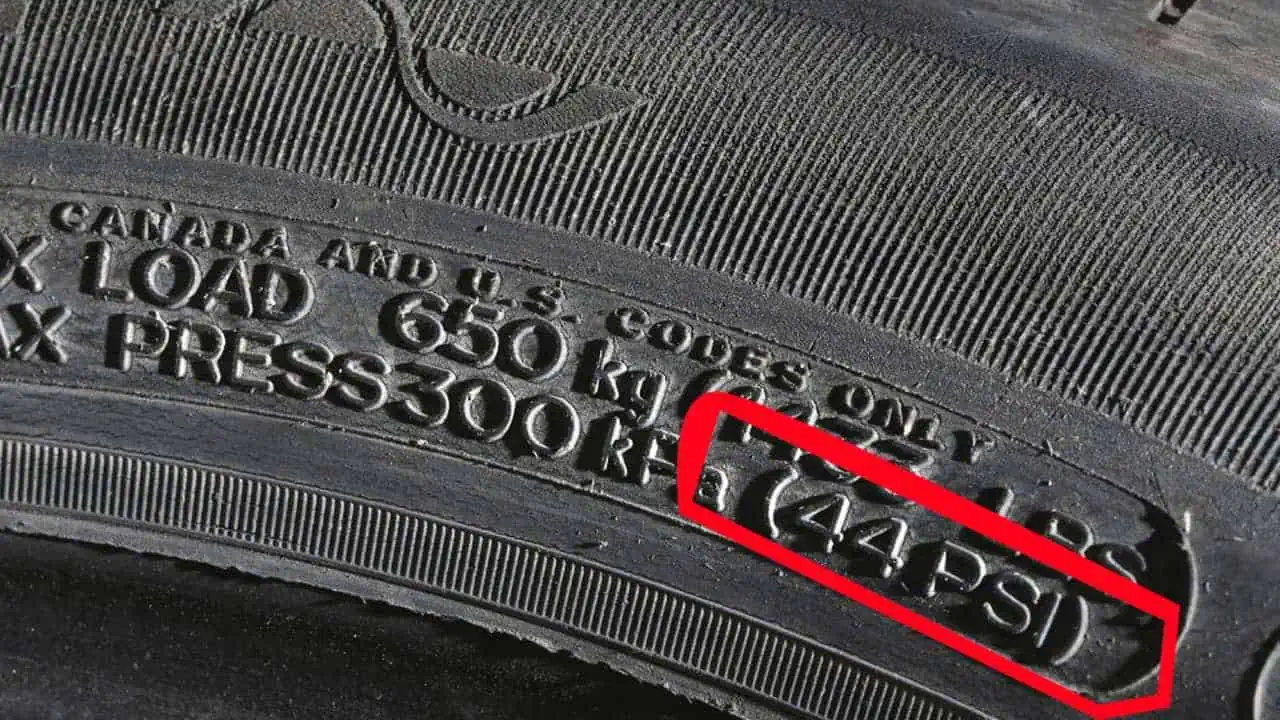Have you ever looked closely at your car tires? The numbers and letters on the tire’s sidewall may seem like random details, but they actually contain crucial information. These markings provide insights into the tire’s specifications, durability, and suitability for different driving conditions.
Decoding tire markings: What the numbers and letters mean
When driving long distances or in challenging weather conditions, your vehicle’s performance heavily depends on your tires. Incorrect tire selection can increase fuel consumption or extend braking distances. But how difficult is it to understand these seemingly complex codes? Let’s break it down.

The sidewall of a tire typically features a code like “205/55 R16 91V.” While this may look like a random combination of numbers and letters, each element carries a specific meaning.
Breaking down the code:
- 205: The tire’s width in millimeters.
- 55: Aspect ratio, meaning the sidewall height is 55% of the tire’s width.
- R: Indicates a radial tire construction.
- 16: The rim diameter in inches.
- 91: Load index, representing the tire’s maximum carrying capacity.
- V: Speed rating, defining the maximum safe speed for the tire.
These details help you select the right tire for your needs. For instance, a “V” speed rating allows safe driving up to 240 km/h, while other letters indicate different speed limits.

Additional details: DOT code and manufacturing date
The tire’s sidewall also contains a DOT (Department of Transportation) code, which reveals where and when the tire was manufactured.
- Last four digits: Indicate the production week and year. For example, “4823” means the tire was manufactured in the 48th week of 2023.
- Other letters and numbers: Represent factory codes and production batch details.
Tire age is important. Even if the tread looks fine, experts recommend replacing tires after five years due to natural rubber degradation.














